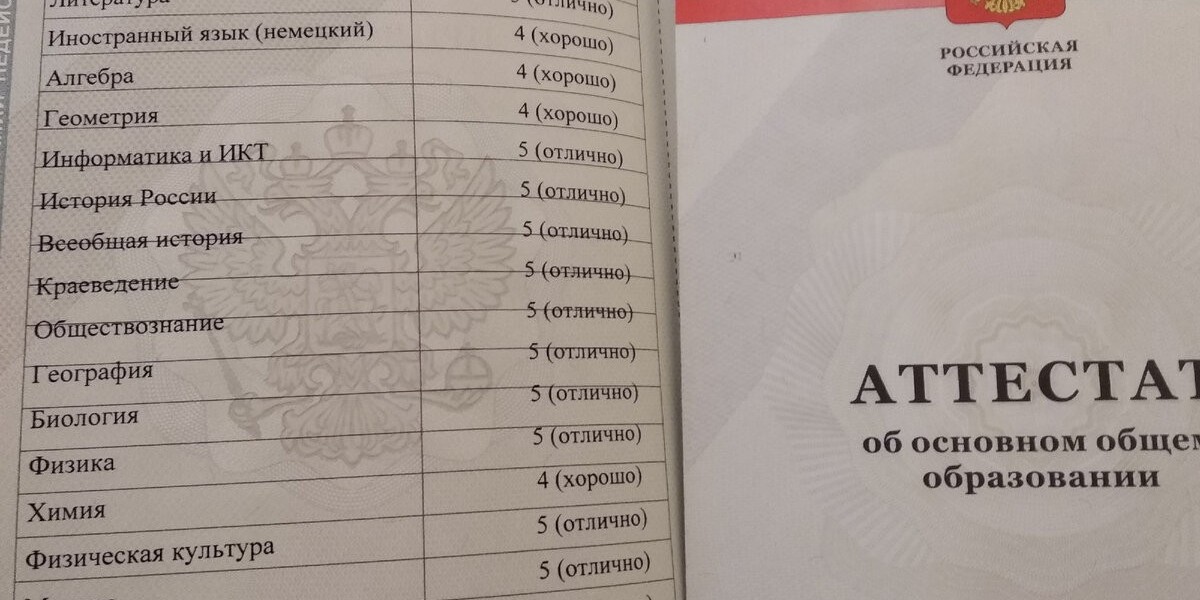In the rapidly evolving field of computer science, cryptography remains a cornerstone of securing data and communications. For graduate and engineering students delving into this intricate subject, understanding complex programming problems and their solutions is crucial. This is where best cryptography assignment help becomes invaluable, guiding students through challenging concepts and practical applications. In this blog, we'll explore several advanced programming questions related to cryptography and offer detailed solutions that reflect the depth of expertise required to tackle these problems.
Advanced Cryptography Problems and Their Solutions
Problem 1: Advanced Encryption Standard (AES) Key Expansion
Question:
Given a 128-bit key for the AES encryption algorithm, explain the process of key expansion in detail. How does the key schedule generate round keys for the AES encryption algorithm, and what role does the S-box play in this process?
Solution:
The Advanced Encryption Standard (AES) is a symmetric key encryption algorithm that requires a series of transformations to generate round keys from an initial key. Key expansion is a crucial step in this process, ensuring that each round of AES uses a different key derived from the original key. Here's a detailed breakdown of the key expansion process:
Initial Key and Key Size:
AES operates with keys of 128, 192, or 256 bits. In this case, we are considering a 128-bit key, which is divided into 4 words (each 32 bits) and denoted as W[0],W[1],W[2],W[3]W[0], W[1], W[2], W[3].Generating Round Keys:
AES requires a total of 11 round keys for a 128-bit key (one for the initial round and ten for subsequent rounds). The key expansion process involves creating a key schedule that generates these round keys.Rijndael's Key Schedule Algorithm:
- Word Expansion: The key schedule begins by copying the original key into the first four words of the key schedule. For subsequent words, a transformation process is applied.
- RotWord and SubWord: Each word is processed using the
RotWordfunction, which performs a circular rotation of the word's bytes, and theSubWordfunction, which applies the S-box substitution to each byte. This step introduces non-linearity into the key expansion. - Round Constant: A round constant, which is a predefined sequence, is XORed with the result of the
SubWordfunction. This constant ensures that each round key is unique. - Word XOR: Finally, each new word is generated by XORing the result of the above operations with the corresponding word from the previous round key.
Role of the S-box:
The S-box is a substitution table used in AES to perform byte-level substitution. During key expansion, the S-box transforms bytes to increase the cryptographic strength of the key schedule. By replacing each byte of the word with its S-box counterpart, the process introduces a layer of non-linearity essential for security.
This methodical approach to key expansion ensures that each round key is derived in a way that maintains the strength and security of the AES encryption process. Understanding these transformations is crucial for mastering cryptographic programming.
Problem 2: RSA Cryptosystem Implementation
Question:
Explain the mathematical foundations of the RSA cryptosystem. How are the public and private keys generated, and what steps are involved in encrypting and decrypting a message using RSA?
Solution:
The RSA cryptosystem is one of the most well-known asymmetric encryption algorithms, founded on the principles of number theory and modular arithmetic. Here’s a detailed explanation of its mathematical foundations and key generation process:
Mathematical Foundations:
RSA relies on the difficulty of factoring large composite numbers into their prime factors. The security of RSA is based on the assumption that while it is easy to multiply large primes, factoring their product into its constituent primes is computationally infeasible.Key Generation:
- Select Primes: Choose two distinct large prime numbers, pp and qq.
- Compute nn: Calculate n=p×qn = p \times q. This value is used as the modulus for both the public and private keys.
- Compute Euler's Totient Function ϕ(n)\phi(n): Compute ϕ(n)=(p−1)×(q−1)\phi(n) = (p-1) \times (q-1). This value is critical for determining the public and private exponents.
- Select Public Exponent ee: Choose an integer ee such that 1<e<ϕ(n)1 < e < \phi(n) and ee is coprime with ϕ(n)\phi(n). Often, common choices for ee are 3, 17, or 65537.
- Determine Private Exponent dd: Compute dd as the modular multiplicative inverse of ee modulo ϕ(n)\phi(n). This means finding dd such that (d×e)mod ϕ(n)=1(d \times e) \mod \phi(n) = 1.
The public key is composed of (n,e)(n, e) and the private key is composed of (n,d)(n, d).
Encryption and Decryption:
- Encryption: To encrypt a message mm, convert it to an integer mm such that 0≤m<n0 \leq m < n. The ciphertext cc is then computed using the public key with the formula c=memod nc = m^e \mod n.
- Decryption: To decrypt the ciphertext cc, use the private key with the formula m=cdmod nm = c^d \mod n. This operation recovers the original message mm.
The strength of RSA comes from the large size of nn and the difficulty of factoring it into pp and qq. Properly implemented, RSA provides a robust framework for secure communication.
Problem 3: Elliptic Curve Cryptography (ECC) Overview
Question:
Describe the principles of Elliptic Curve Cryptography (ECC). How does ECC provide security compared to other cryptographic systems, and what are the key steps in implementing ECC for encryption?
Solution:
Elliptic Curve Cryptography (ECC) is an advanced cryptographic technique based on the mathematics of elliptic curves over finite fields. ECC provides strong security with shorter key lengths compared to other cryptographic systems, such as RSA. Here’s an overview of ECC principles and implementation:
Principles of ECC:
ECC operates on the algebraic structure of elliptic curves defined by equations of the form y2=x3+ax+by^2 = x^3 + ax + b over a finite field. These curves offer a higher level of security per bit compared to other methods, meaning that shorter keys can be used for equivalent security.Key Advantages:
- Security with Shorter Keys: ECC achieves the same level of security as traditional systems like RSA but with smaller key sizes. For example, a 256-bit key in ECC provides comparable security to a 3072-bit RSA key.
- Efficiency: Smaller keys mean faster computations and reduced storage and bandwidth requirements, making ECC highly efficient for environments with limited resources.
Implementing ECC:
- Curve Selection: Choose an appropriate elliptic curve and finite field. Common choices include the NIST curves like P-256 and P-384.
- Key Generation: Generate a private key, which is a randomly selected integer within a defined range. The corresponding public key is computed by performing elliptic curve point multiplication of the private key with a base point on the curve.
- Encryption and Decryption: ECC can be used in various encryption schemes, such as Elliptic Curve Integrated Encryption Scheme (ECIES). In these schemes, the public key is used to encrypt data, and the private key is used for decryption, leveraging the properties of elliptic curve point multiplication for secure key exchange.
ECC’s efficiency and security make it a preferred choice in many modern cryptographic applications, especially where performance and key length are critical considerations.
Conclusion
Understanding these advanced programming questions in cryptography requires a solid grasp of the underlying mathematical principles and algorithmic processes. Whether it's the detailed key expansion in AES, the RSA key generation and encryption, or the principles of ECC, each topic represents a crucial component of modern cryptographic systems. For graduate and engineering students seeking to deepen their knowledge, accessing best cryptography assignment help can provide the guidance and expertise needed to master these complex subjects. By exploring these problems and solutions, students can better appreciate the intricacies of cryptographic algorithms and their applications in securing digital communications.








